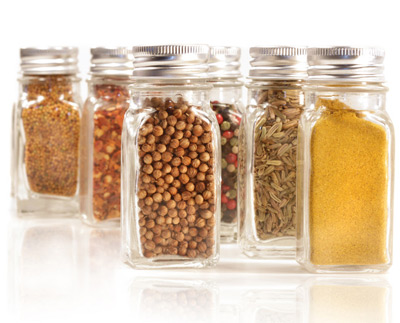The next spice we will take a closer look at in our History of Spice Series is Sassafras.
Common Name: Sassafras
Scientific Name: Saxifraga, Saxifragus, Sassafras Albidum
Other Names: File Powder, Kuntze Saloop, Cinnamon Wood
The History of Sassafras
 Description
Description
Unlike most spices that generally come from tropical regions, Sassafras is native to North America, primarily to the eastern and southeastern United States. It has been called American’s “only native spice.” Sassafras comes from Sassafras trees. The trees bloom in the spring and produce a dark blue/black fruit. Birds and small animals love to eat the fruits of this tree, but they are toxic to humans. The leaves of the trees are what makes sassafras and can be used whole or ground. The ground version of these leaves is referred to as file powder.
History
In the early 1600’s, it was believed that Sassafras was a wonder drug that could cure just about anything. Sassafras believed to cure diseases, slow old age, help as a pain reliever, remove kidney stones, and prevent colds. It became so popular that by the mid 1600’s it was Americas’ number two export to Europe, second only to tobacco.
Sassafras trees are well known for another substance that is produced in the root bark called safrole. For many years safrole was used to make tea, beverages, root beer and candy flavoring. In the 1960’s, the FDA determined that safrole was considered carcinogenic and banned the use of this root bark.
Sassafras leaves are very low in safrole (or don’t contain any at all in most instances) so they can still be safely used.
Culinary Uses
Ground sassafras (file powder) is primarily used as a thickening agent in gumbo. Sassafras can also be used in teas and sprinkled on salad for a unique flavor. Some also find it delicious with spiced meats and stews. With an earthy taste that is similar to thyme combined with savory, ground sassafras will lend a unique flavor to stews, sauces and other hearty dishes. It also serves as a thickening agent but should only be stirred in at the end of cooking.




